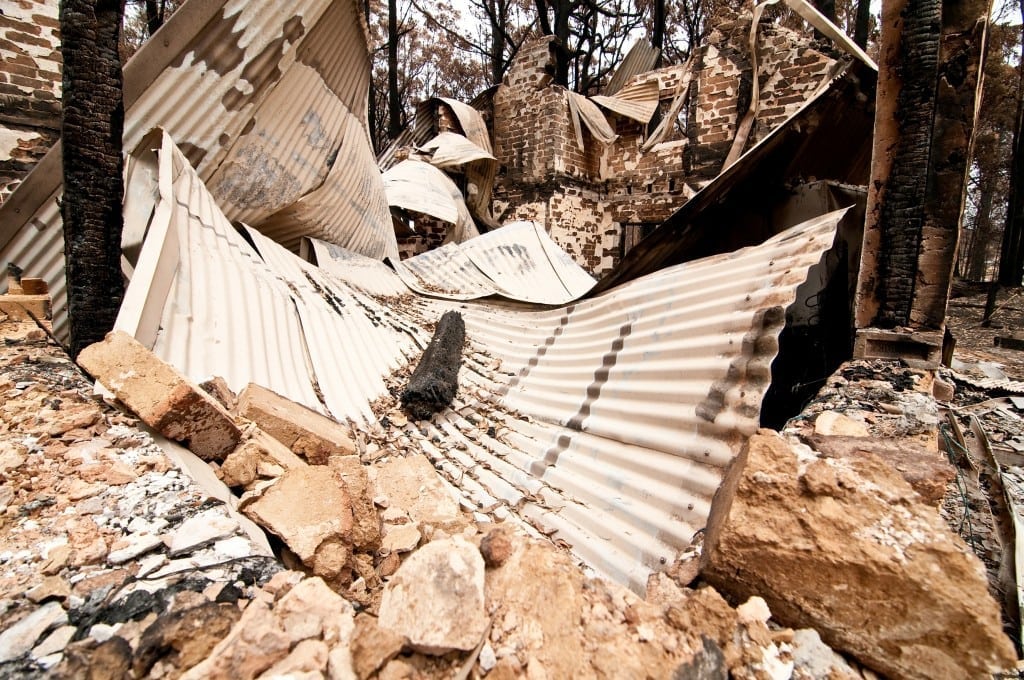WA BAL Report supports research conducted into bushfires including implementing measures that result in saving lives and property. As a result of the 2009 Victorian Bushfires Royal Commission, it was discovered that 7 people died after seeking shelter in improvised bushfire bunkers, as their design and construction were not regulated.
The Australian Building Codes Board (ABCB) decided to develop national requirements for bushfire bunkers and released the ABCB Performance Standard for Private Bushfire Shelters Part 1 (Standard) in April 2010. The National Construction Code was amended to require that private bushfire shelters be designed and constructed to provide a tenable environment for occupants during a bushfire. The Design Requirements of the Standard provide Acceptable Criteria, including one of ‘occupant tenability within a shelter’.
Following the release of the Standard, the ABCB and Department of Defence along with the University of Wollongong developed a research program to determine the tenable conditions within a sealed bushfire shelter. The research program looked at the effect of bushfire conditions on a person’s core temperature and humidity. Respiration and body core temperature are two basic human functions related to the provision of tenable conditions within a sealed environment. Air temperature and relative humidity are factors that might influence the ability of a person to sustain a tolerable body core temperature. These factors combine to affect a Modified Discomfort Index (MDI), which reflects the fact that higher temperatures combined with higher relative humidity feel more uncomfortable.
The research program determined that healthy, pre-heated and mildly dehydrated individuals can be exposed to a constant MDI of 390 for 60 minutes, regardless of air temperature and relative humidity that produce the MDI. They also found that healthy, pre-heated individuals can safely occupy an air-tight shelter simular, with an additional MDI of 390 for 60 minutes regardless of change in air temperature, relative humidity, oxygen and carbon dioxide. From the data, they could predict that a 20C rise in body core temperature, or a critical body core temperature of 420 would not occur within a 60 minute occupation of an air-tight shelter simulator with an MDI of 390.
In summary, the ABCB research program demonstrated that the ‘Acceptance Criteria’ for design components ‘Interior maximum temperature’ and ‘Interior mean Modified Discomfort Index’ should facilitate a tenable environment within a private bushfire shelter designed and constructed in accordance with the ABCB Standard. However, they emphasised that private bushfire shelters are not a stand-alone solution to mitigating life safety risk and must be combined with a comprehensive set of measures to counteract the effects of bushfire, including land use planning, fuel management and emergency services strategies.
WA BAL Report agrees that bushfire shelters should be seen as a last resort and it is important to ensure that your home is well protected and ready for a bushfire attack in the first place. WA BAL Report also recommends you have a bushfire attack level assessment and bushfire attack report conducted on your property if you live in a bushfire-prone area.
For more information
WA BAL Report are experts at conducting Bushfire Attack Level Assessments, Bushfire Attack Level Reports and bushfire prevention strategies in general in Perth and Western Australia. For more information, contact our friendly staff on 08 6114 9356 or at admin@wabalreport.com.au.
Thank you for visiting www.wabalreport.com.au

